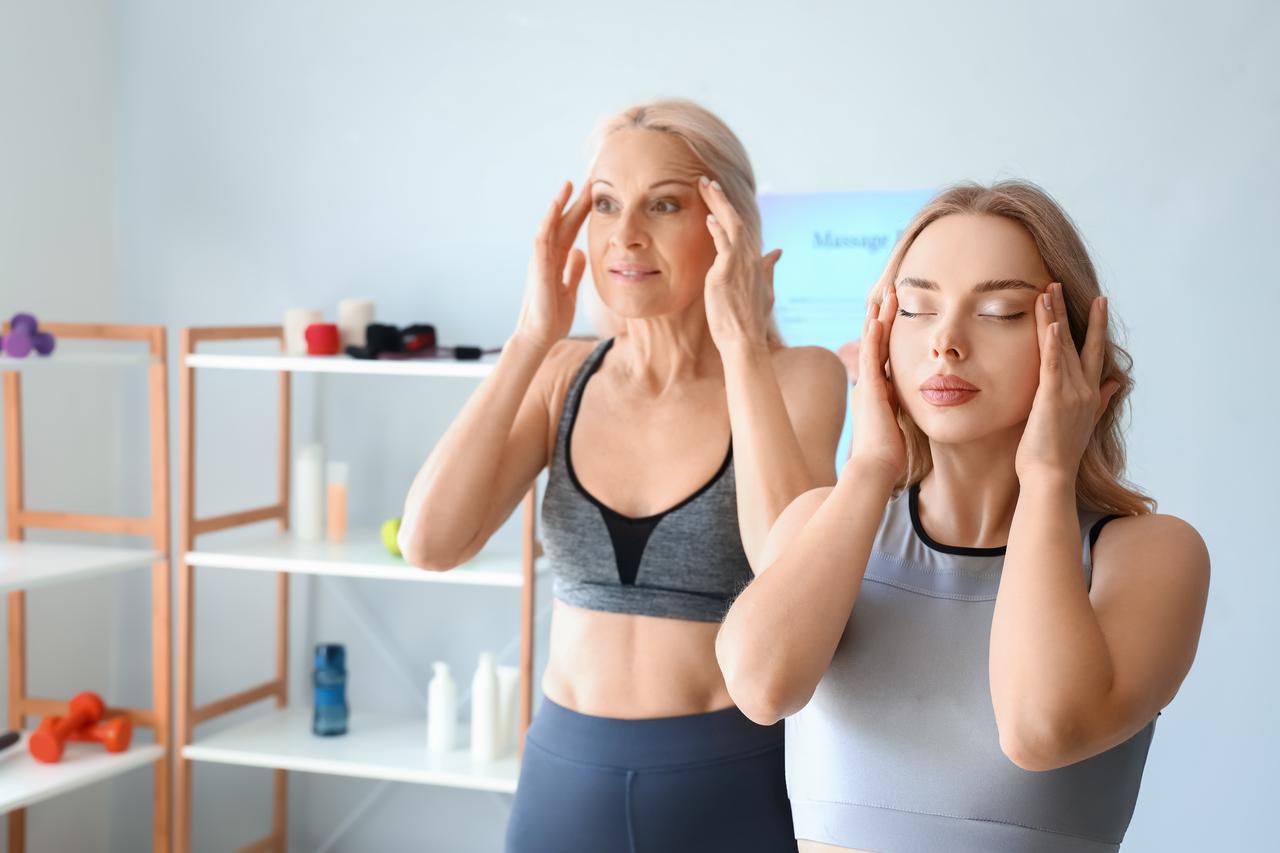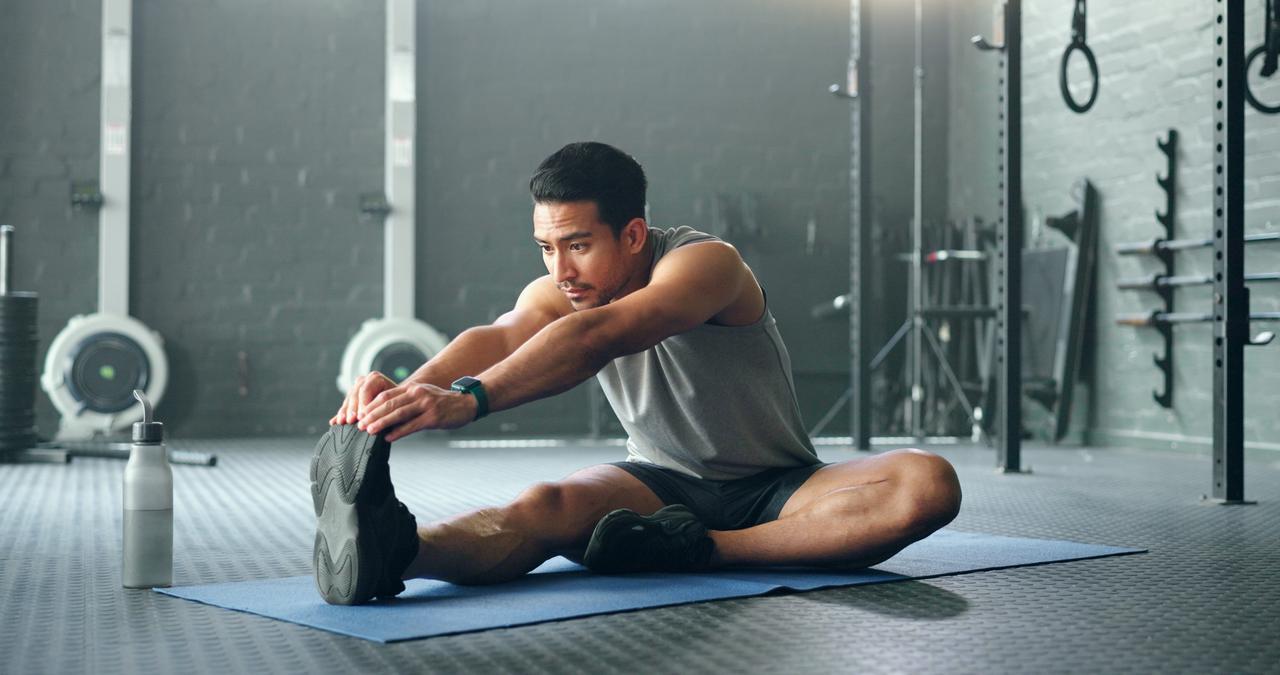
Best Anti-Aging Exercises to Incorporate
Aging is a natural process, but the speed and manner in which we age can vary greatly. Science has increasingly shown that exercise can act as a powerful tool to slow down the aging process, not only by maintaining physical fitness but by affecting our cells and even influencing our DNA. As our understanding of aging has deepened, specific forms of exercise have been identified to help prevent and even reverse some of the physical and cognitive declines typically associated with aging.

The Science Behind Exercise and Aging
Research shows that regular physical activity influences many mechanisms associated with aging, from maintaining muscle mass and bone density to protecting the heart, improving immune response, and even preserving brain health. In recent studies, scientists have found that exercise can positively impact cellular structures like mitochondria—the energy-producing “powerhouses” of cells—and telomeres, which cap and protect the ends of our chromosomes.
In a groundbreaking study published in Cell Metabolism, researchers found that high-intensity interval training (HIIT) can improve mitochondrial function and preserve telomere length in aging cells. Telomeres naturally shorten as we age, which has been linked to age-related diseases and mortality. By maintaining telomere length, exercise essentially delays cellular aging, which reflects in the body’s resilience, energy levels, and overall longevity.
Exercise also has a significant effect on chronic inflammation, commonly referred to as “inflammaging.” This low-grade, persistent inflammation accelerates aging and contributes to various health conditions, such as arthritis, cardiovascular disease, and cognitive decline. Regular aerobic exercises like brisk walking, running, and swimming have been shown to lower inflammation markers in the body, helping the immune system function better and protecting against age-related conditions.
From a neurological perspective, exercise is equally beneficial. Studies demonstrate that physical activity promotes neurogenesis, the formation of new brain cells, particularly in the hippocampus, an area associated with memory. This process is largely driven by the increased production of brain-derived neurotrophic factor (BDNF), a protein that protects brain cells and fosters long-term cognitive health. According to research in Frontiers in Aging Neuroscience, the protective benefits of exercise may help reduce the risk of neurodegenerative diseases like Alzheimer’s, keeping the brain sharp and reducing cognitive decline with age.
In essence, exercise is a key lifestyle factor in slowing down the aging process on multiple fronts. Here are the best anti-aging exercises to incorporate, based on scientific findings that show their potential to help you stay strong, mobile, and mentally resilient.
1. Strength Training: Building Muscle and Bone Density
Strength training helps counter the natural muscle and bone loss that comes with aging. By maintaining lean muscle mass and bone density, strength training supports the body’s metabolism and keeps conditions like osteoporosis at bay. Regular strength training two to three times a week, focusing on major muscle groups, enhances overall body resilience.
How to Start: Exercises like squats, lunges, push-ups, and deadlifts work well, even if you start with just body weight. Over time, incorporating weights will increase the benefit.
2. High-Intensity Interval Training (HIIT): For Heart Health and Cellular Vitality
HIIT involves short bursts of intense exercise followed by recovery periods, which can be highly effective for improving cardiovascular health and metabolism. HIIT’s benefits extend to the cellular level, as it boosts mitochondrial health and helps maintain telomere length, preserving cellular youth.
How to Start: Begin with intervals of 20-30 seconds of intense effort (such as sprints or cycling), followed by rest, for a total of 10-20 minutes. Adjust the intensity to your fitness level.
3. Balance Training: Staying Steady and Preventing Falls
Balance exercises are crucial for reducing fall risk and improving agility, both of which become increasingly important as we age. Practicing balance enhances stability and strengthens small stabilizer muscles, which support joint health and coordination.
How to Start: Simple exercises like single-leg stands or heel-to-toe walks can go a long way. Yoga is also excellent for balance, as well as flexibility and mindfulness.
4. Yoga and Flexibility Work: For a Limber, Relaxed Body and Mind
Flexibility keeps the joints and muscles supple, reducing the likelihood of injury and stiffness. Yoga also lowers stress levels, which is vital in anti-aging, as chronic stress is associated with accelerated aging.
How to Start: Start with basic poses like Downward Dog, Cobra, and Child’s Pose, gradually building up to more challenging movements. Aim for a few sessions each week to see improvements in both flexibility and stress levels.
5. Low-Impact Cardio: Heart Health Without Joint Strain
Low-impact cardiovascular exercises like walking, swimming, and cycling are joint-friendly ways to keep the heart and lungs healthy. Consistent, moderate-intensity cardio also aids in reducing inflammation, a key factor in age-related disease prevention.
How to Start: Try to incorporate 30 minutes of low-impact cardio at least five days a week. Mix up activities to keep your workouts engaging and balanced.
6. Mobility Training: Maintaining Range of Motion and Preventing Stiffness
Mobility exercises keep the joints healthy, prevent stiffness, and maintain a wide range of motion, supporting an active lifestyle. Think of mobility as the “oil” that keeps your body moving smoothly through daily life.
How to Start: Simple dynamic stretches, like arm circles and leg swings, incorporated before a workout, can help. You can also dedicate a full session to mobility work to help with flexibility and joint stability.
7. Functional Movements: Strength for Everyday Activities
Functional movements mimic real-life tasks, helping you maintain independence and reducing injury risk in daily activities. Functional exercises train the body as a whole, making it more resilient to the physical challenges of everyday life.
How to Start: Try exercises like kettlebell swings, farmer’s carries, and step-ups, which target multiple muscle groups at once. Functional exercises also make an excellent addition to your strength training routine.
Final Thoughts: Moving Young, Feeling Young
Aging gracefully doesn’t mean stopping; it means moving with purpose. Incorporating a range of exercises that blend strength, cardio, balance, and mobility ensures your body and mind remain resilient as the years go by. Aging is a journey we all take, but with these science-backed exercises, you can make each step feel more empowered, energetic, and youthful.
References:
1.Robinson, M. M., & Rakoczy, K. (2018). Cell Metabolism: “High-Intensity Interval Training Improves Mitochondrial Function and Preserves Telomere Length in Aging Cells.”
2. Hamer, M., & Chida, Y. (2008). “Walking and Primary Prevention: A Meta-Analysis of Prospective Cohort Studies.” British Journal of Sports Medicine.
3. Cotman, C. W., & Berchtold, N. C. (2002). “Exercise: A Behavioral Intervention to Enhance Brain Health and Plasticity.” Trends in Neurosciences.
4. Rosano, C., et al. (2010). “Physical Activity, Inflammation, and Cognitive Aging.” American Journal of Epidemiology.
5. Von Ah Morano, J. P., & Campo do Amaral, M. E. (2021). “The Role of Physical Activity in Neurogenesis and Cognitive Decline Prevention.” Frontiers in Aging
Meet Fitnexa, your AI-driven companion that turns everyday habits into a positive, uplifting journey. From effortless meal analysis (including recipe suggestions) to personalized coaching and real-time support, Fitnexa keeps you on track toward lasting wellness — so you can stay younger, live longer.
https://apple.co/4hr8JGW





Leave a comment
This site is protected by hCaptcha and the hCaptcha Privacy Policy and Terms of Service apply.